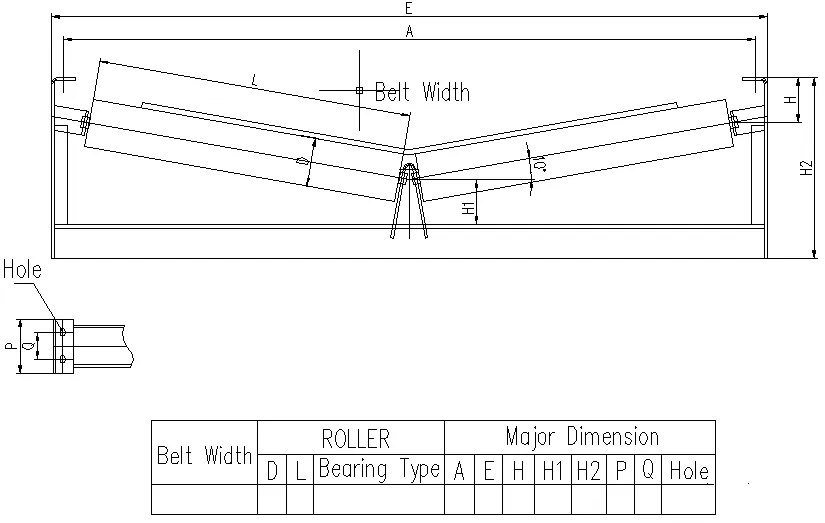 Afrikaans
Afrikaans  Albanian
Albanian  Amharic
Amharic  Arabic
Arabic  Armenian
Armenian  Azerbaijani
Azerbaijani  Basque
Basque  Belarusian
Belarusian  Bengali
Bengali  Bosnian
Bosnian  Bulgarian
Bulgarian  Catalan
Catalan  Cebuano
Cebuano  Corsican
Corsican  Croatian
Croatian  Czech
Czech  Danish
Danish  Dutch
Dutch  English
English  Esperanto
Esperanto  Estonian
Estonian  Finnish
Finnish  French
French  Frisian
Frisian  Galician
Galician  Georgian
Georgian  German
German  Greek
Greek  Gujarati
Gujarati  Haitian Creole
Haitian Creole  hausa
hausa  hawaiian
hawaiian  Hebrew
Hebrew  Hindi
Hindi  Miao
Miao  Hungarian
Hungarian  Icelandic
Icelandic  igbo
igbo  Indonesian
Indonesian  irish
irish  Italian
Italian  Japanese
Japanese  Javanese
Javanese  Kannada
Kannada  kazakh
kazakh  Khmer
Khmer  Rwandese
Rwandese  Korean
Korean  Kurdish
Kurdish  Kyrgyz
Kyrgyz  Lao
Lao  Latin
Latin  Latvian
Latvian  Lithuanian
Lithuanian  Luxembourgish
Luxembourgish  Macedonian
Macedonian  Malgashi
Malgashi  Malay
Malay  Malayalam
Malayalam  Maltese
Maltese  Maori
Maori  Marathi
Marathi  Mongolian
Mongolian  Myanmar
Myanmar  Nepali
Nepali  Norwegian
Norwegian  Norwegian
Norwegian  Occitan
Occitan  Pashto
Pashto  Persian
Persian  Polish
Polish  Portuguese
Portuguese  Punjabi
Punjabi  Romanian
Romanian  Russian
Russian  Samoan
Samoan  Scottish Gaelic
Scottish Gaelic  Serbian
Serbian  Sesotho
Sesotho  Shona
Shona  Sindhi
Sindhi  Sinhala
Sinhala  Slovak
Slovak  Slovenian
Slovenian  Somali
Somali  Spanish
Spanish  Sundanese
Sundanese  Swahili
Swahili  Swedish
Swedish  Tagalog
Tagalog  Tajik
Tajik  Tamil
Tamil  Tatar
Tatar  Telugu
Telugu  Thai
Thai  Turkish
Turkish  Turkmen
Turkmen  Ukrainian
Ukrainian  Urdu
Urdu  Uighur
Uighur  Uzbek
Uzbek  Vietnamese
Vietnamese  Welsh
Welsh  Bantu
Bantu  Yiddish
Yiddish  Yoruba
Yoruba  Zulu
Zulu Exploring the Benefits and Applications of Drum Pulley Lagging in Conveyor Systems Optimization
Drum Pulley Lagging An Essential Aspect of Conveyor Systems
In industrial settings, conveyor systems are crucial for the efficient transportation of materials. One vital component in these systems is the drum pulley, which plays a significant role in driving the conveyor belt and ensuring smooth operations. However, the performance and longevity of drum pulleys can be significantly enhanced through a process known as lagging. This article explores the importance of drum pulley lagging, its materials, benefits, and maintenance practices.
Understanding Drum Pulley Lagging
Lagging refers to the application of a specific material onto the surface of a drum pulley. This material acts as a protective layer that can improve traction, reduce wear and tear, and enhance the overall performance of the conveyor system. Generally, lagging is used in applications where the conveyor belt experiences high levels of friction, frequent starts and stops, or significant load variations.
Material Choices for Lagging
Several materials are commonly used for drum pulley lagging, each with its own set of advantages and suitability for specific applications
1. Rubber Lagging Rubber is the most widely used lagging material due to its excellent grip and durability. It effectively absorbs shock during operation, which helps in reducing wear on both the pulley and the conveyor belt. Rubber lagging is particularly effective for heavy-duty applications, where high friction is required.
2. Polyurethane Lagging Polyurethane offers exceptional abrasion resistance and is often employed in environments where there is a risk of material build-up on the pulley. It has a lower coefficient of friction, making it ideal for high-speed applications.
3. Ceramic Lagging Ceramic tiles can be bonded to the pulley surface to enhance grip and minimize slippage in applications involving high load or heavy materials. The robustness of ceramics also reduces wear significantly, making it suitable for demanding environments.
4. Steel Lagging Though less common, steel lagging is sometimes utilized for specific applications where high temperatures or extreme abrasive conditions are present. It generally offers a long service life but can be prone to corrosion if not properly maintained.
drum pulley lagging

Benefits of Lagging
The advantages of implementing lagging on drum pulleys are manifold
1. Increased Traction One of the primary benefits of lagging is improved traction between the conveyor belt and the drum pulley, reducing the chances of slippage, especially under heavy loads.
2. Reduced Wear and Tear Lagging acts as a protective layer, significantly reducing the wear on both the pulley and the conveyor belt, which translates into longer service life and reduced downtime for maintenance.
3. Enhanced Performance With improved grip and reduced slippage, the overall efficiency of the conveyor system increases, leading to better productivity in material handling.
4. Cost-Effectiveness Although there is an initial investment associated with lagging, the long-term savings due to reduced maintenance and replacement costs make it a wise decision for most operations.
Maintenance Practices
Maintaining drum pulley lagging is vital for ensuring the longevity and performance of the conveyor system. Regular inspections should be conducted to check for signs of wear, damage, or detachment of the lagging material. Any concerns should be addressed promptly to prevent further damage. Additionally, operators may consider periodic retightening of lagging materials to ensure optimum performance, particularly in high-impact applications.
In conclusion, drum pulley lagging is a crucial aspect of conveyor system management. By selecting the appropriate lagging material and committing to regular maintenance, businesses can ensure the efficient operation of their conveyor systems, minimizing downtime and maximizing productivity. Investing in lagging not only enhances performance but also contributes to the sustainability of operational costs, proving that effective management of industrial resources is essential in today’s competitive landscape.
-
Revolutionizing Conveyor Reliability with Advanced Rubber Lagging PulleysNewsJul.22,2025
-
Powering Precision and Durability with Expert Manufacturers of Conveyor ComponentsNewsJul.22,2025
-
Optimizing Conveyor Systems with Advanced Conveyor AccessoriesNewsJul.22,2025
-
Maximize Conveyor Efficiency with Quality Conveyor Idler PulleysNewsJul.22,2025
-
Future-Proof Your Conveyor System with High-Performance Polyurethane RollerNewsJul.22,2025
-
Driving Efficiency Forward with Quality Idlers and RollersNewsJul.22,2025





























